Flamenco singing with non-Andalusian origin, specifically Asturian, which is structured around a stanza of six octosyllabic verses and consonant rhyme in the first two (They are usually repeated), and in the third and fourth (also repeated), which in turn rhyme in assonant with the sixth. The fifth is free. Due to its aforementioned origin, it is not possible to say that the Praviana is a palo jondo in all its essence.. Some flamencologists have related it to Gabriel Macandé's old candy proclamations., but this has not been proven. The truth is that the few flamenco artists who have recorded it mark a clear difference with northern singing., adding a more ornate melodic line than that of the folk style, with the exception of Manuel Tejuela from Leon. Is the case, For example, from Cojo Luque, The Owl, María la Talegona and, above all, the Child of the Rose Fina de Casares, of whom the best version is preserved.
Praviana
Upload/Select an audio or use external audio url to work this widget.
Upload/Select an audio or use external audio url to work this widget.
Upload/Select an audio or use external audio url to work this widget.
Upload/Select an audio or use external audio url to work this widget.
Upload/Select an audio or use external audio url to work this widget.
Upload/Select an audio or use external audio url to work this widget.
Upload/Select an audio or use external audio url to work this widget.
Upload/Select an audio or use external audio url to work this widget.
Upload/Select an audio or use external audio url to work this widget.
Upload/Select an audio or use external audio url to work this widget.
Upload/Select an audio or use external audio url to work this widget.
Upload/Select an audio or use external audio url to work this widget.
Upload/Select an audio or use external audio url to work this widget.



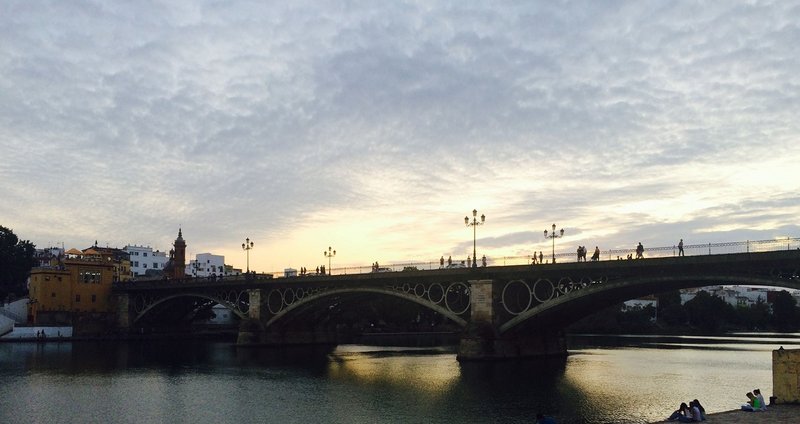 Sevilla
Sevilla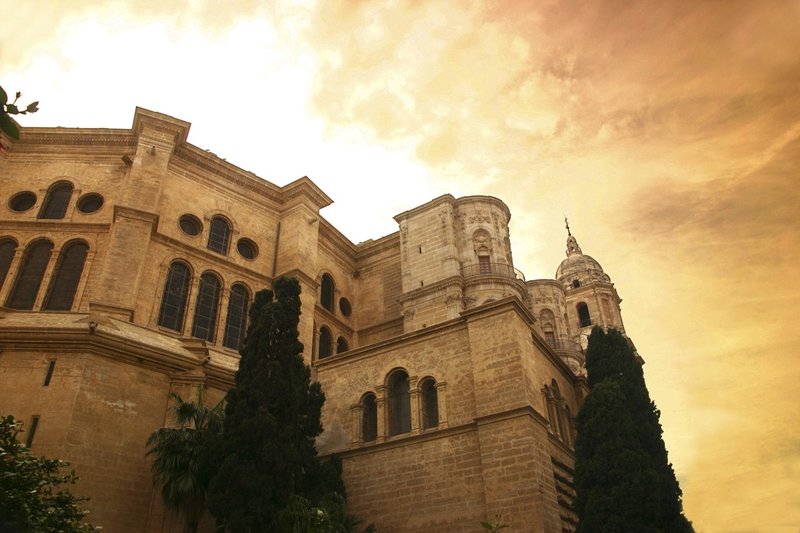 Málaga
Málaga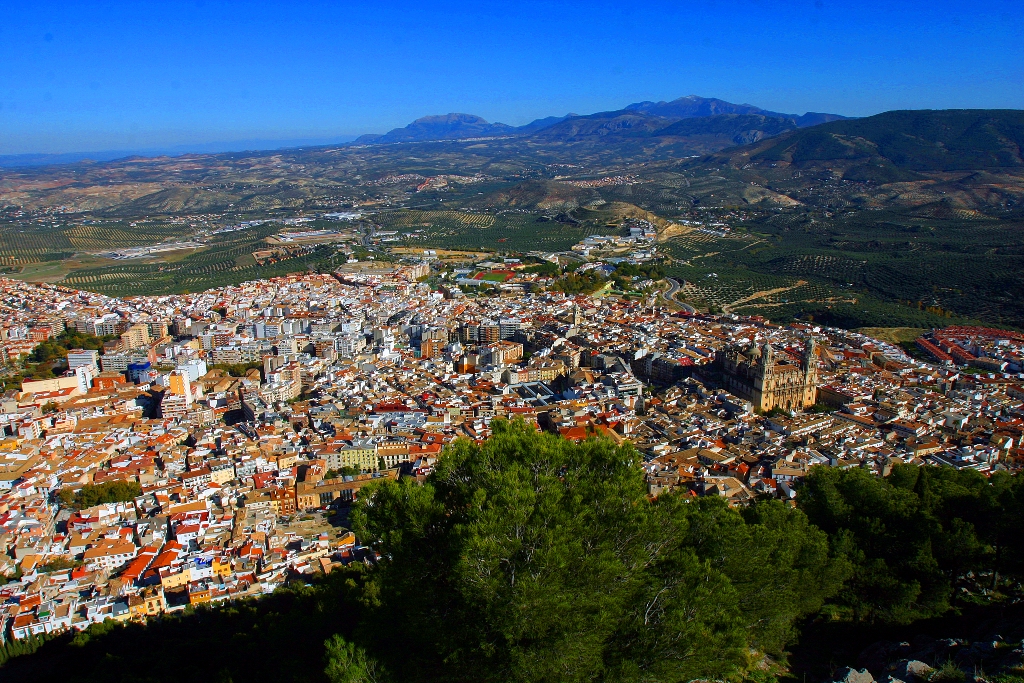 Jaen
Jaen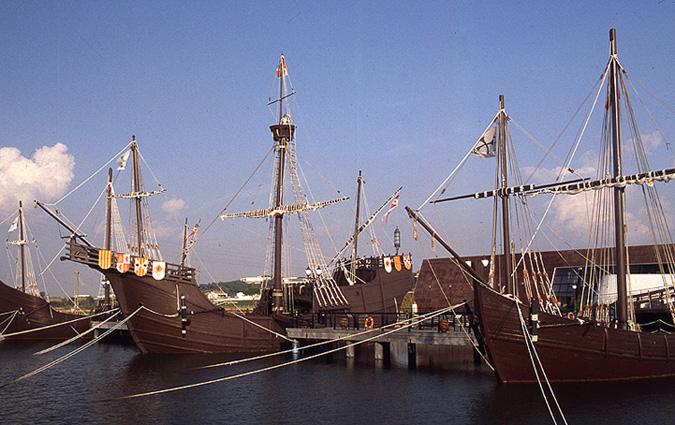 Huelva
Huelva Granada
Granada Córdoba
Córdoba Cadiz
Cadiz Almeria
Almeria A tourist and cultural vision of flamenco
A tourist and cultural vision of flamenco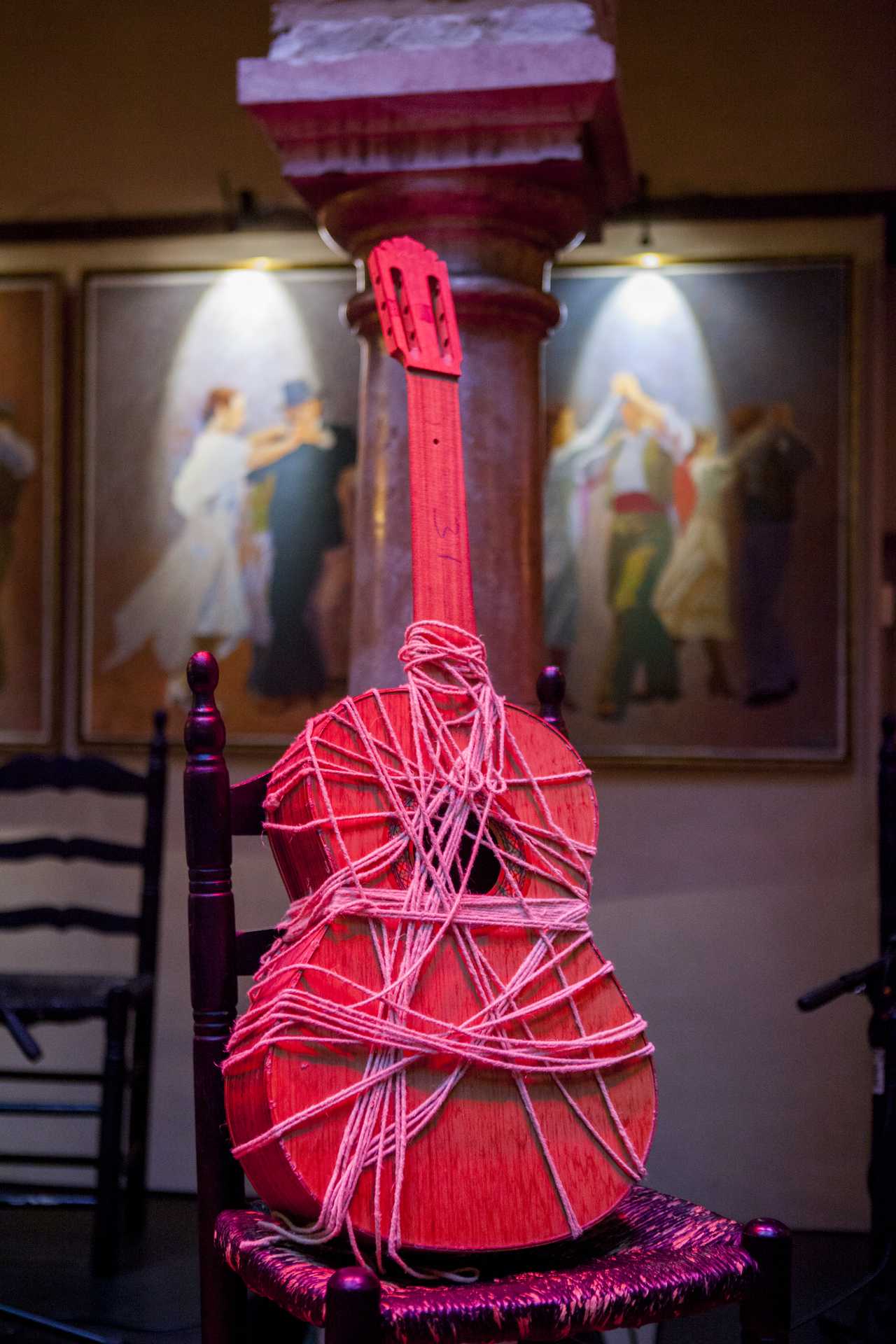 The Guitar, last to join.
The Guitar, last to join.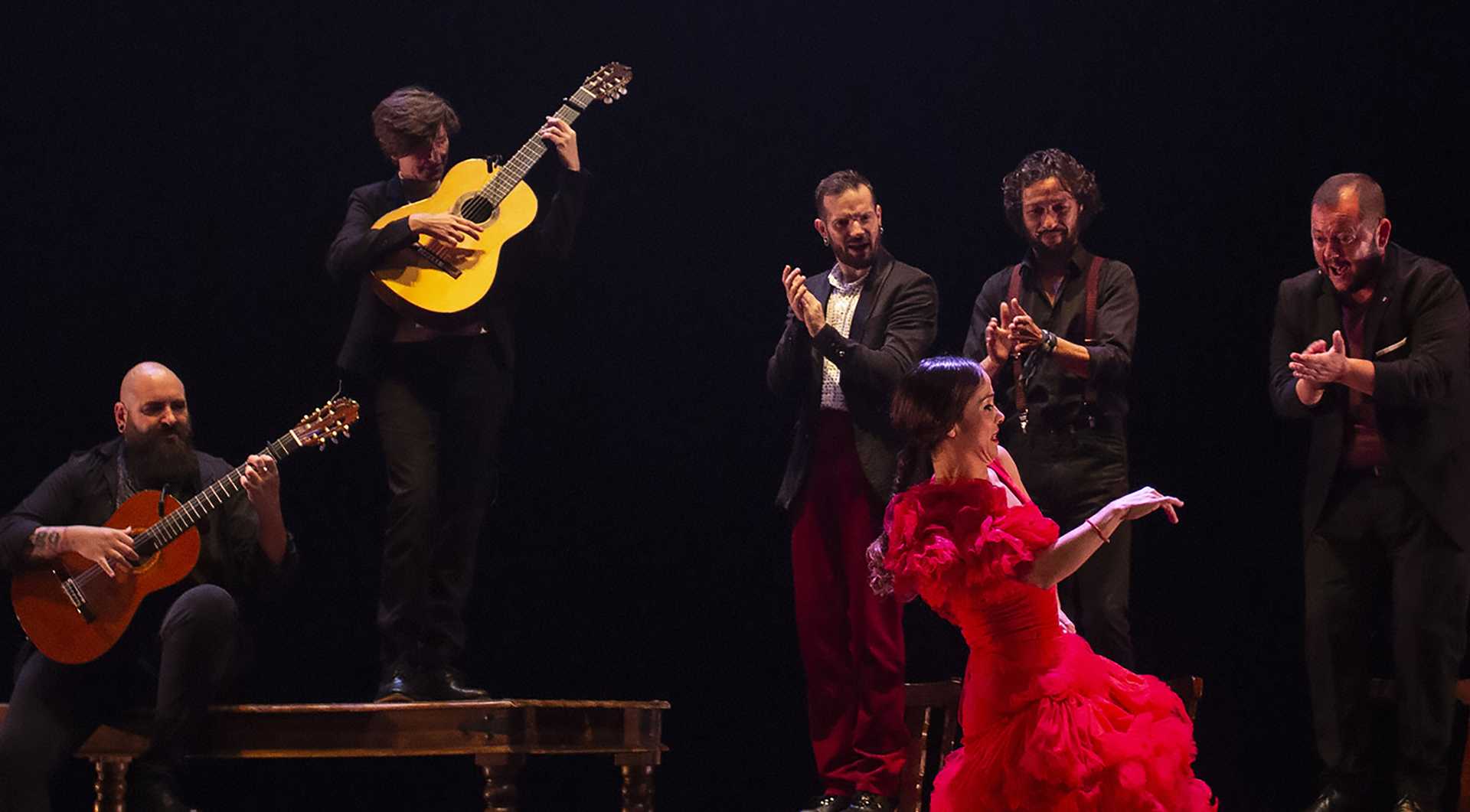 The history of flamenco with respect to its geographical distribution
The history of flamenco with respect to its geographical distribution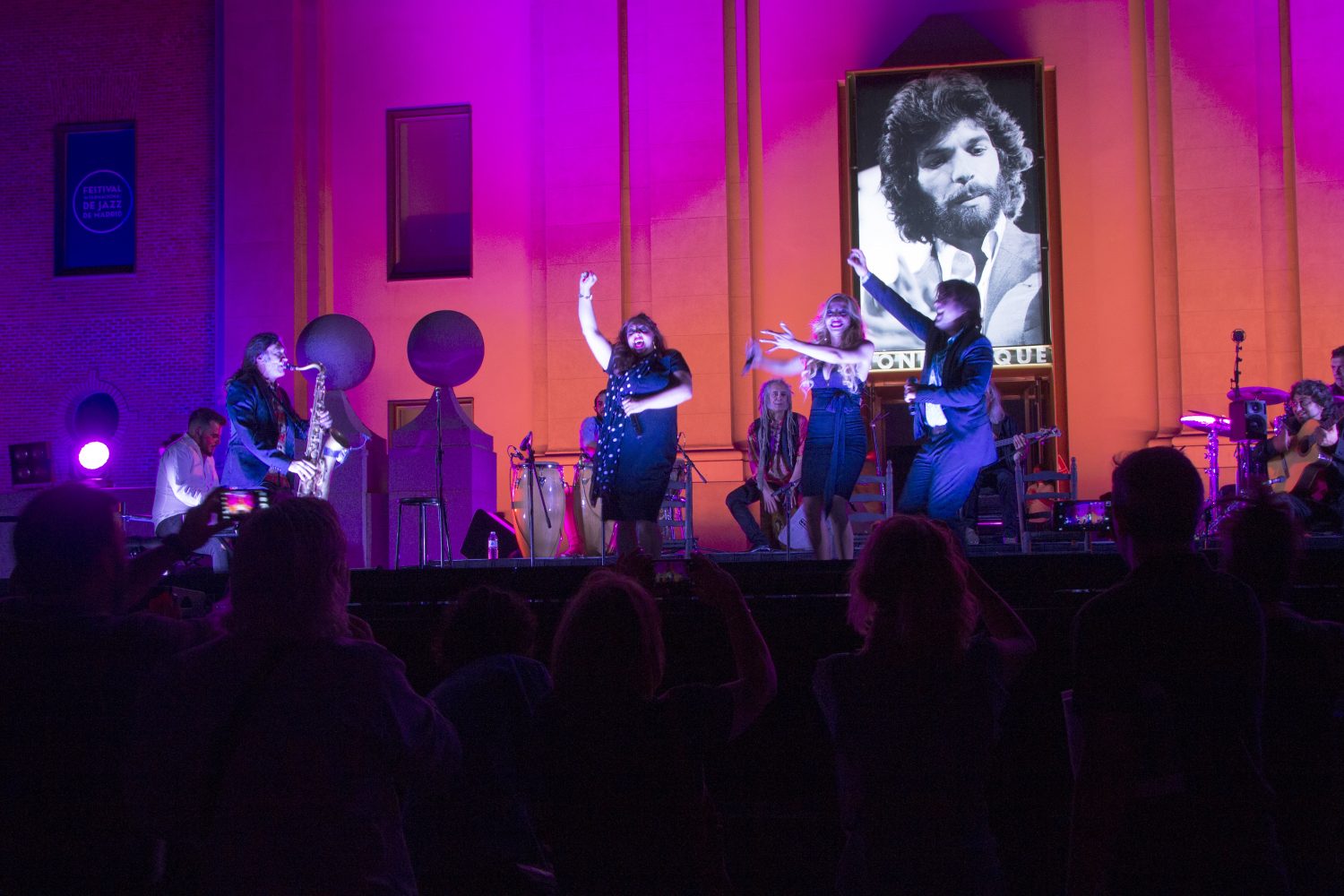 The present and future of the genre. The Fourth Golden Key of Singing.
The present and future of the genre. The Fourth Golden Key of Singing. The festivals
The festivals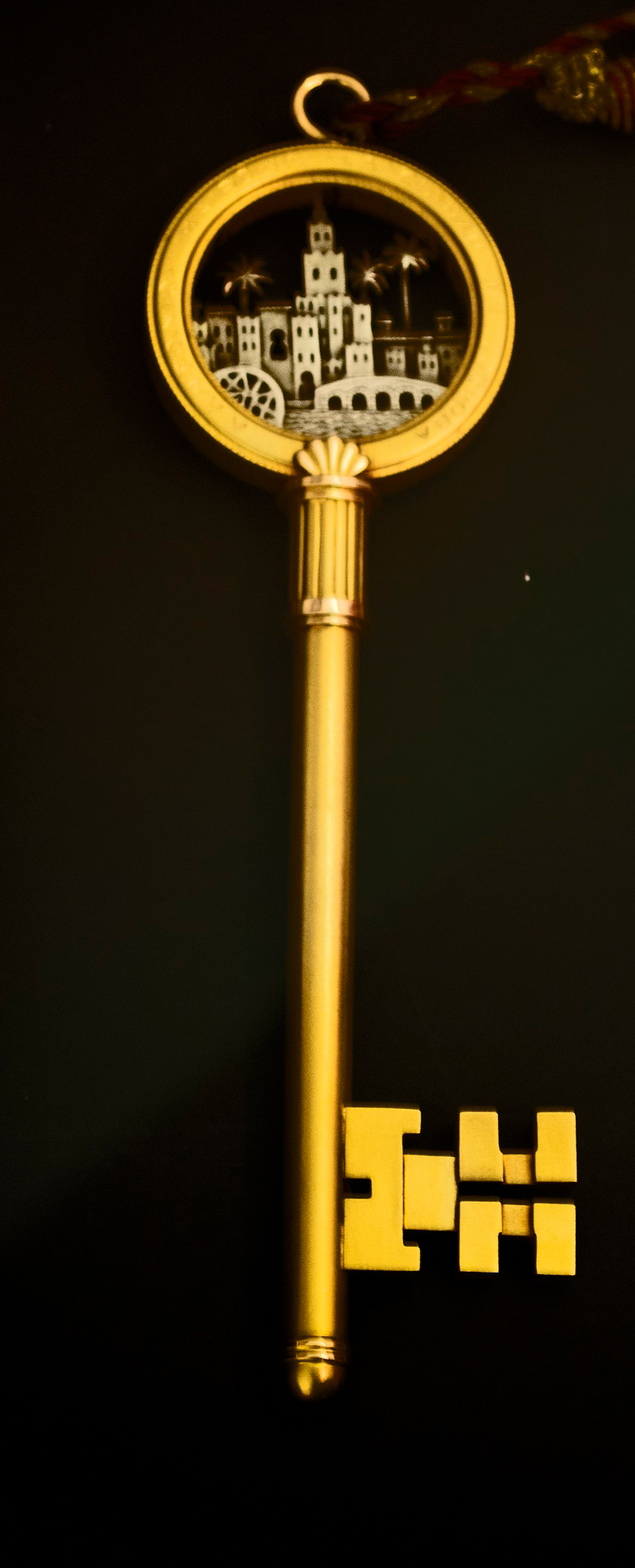 Revaluation of flamenco. Third Golden Key of Singing
Revaluation of flamenco. Third Golden Key of Singing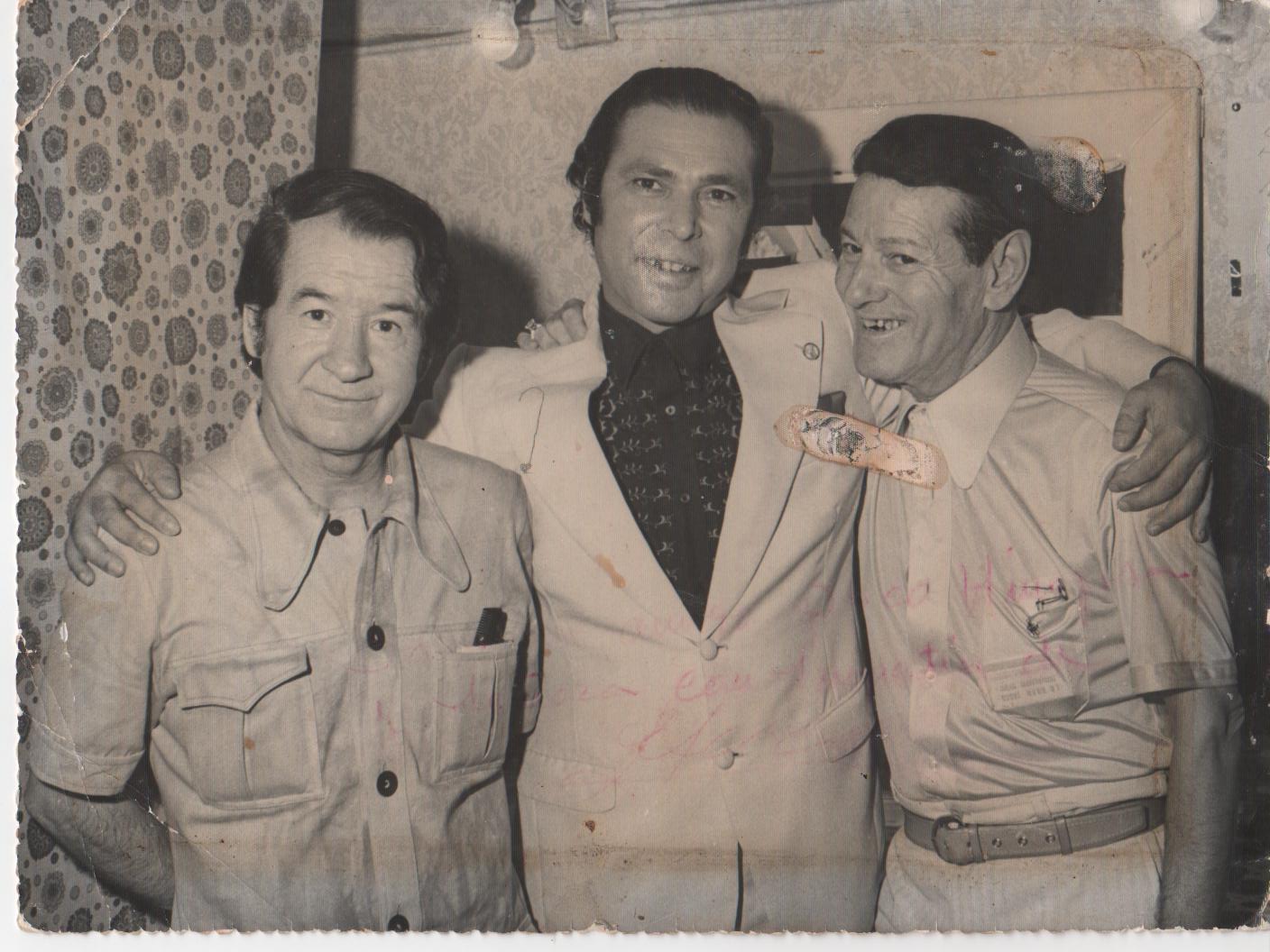 The Flamenco Opera
The Flamenco Opera Flamenco in Madrid. The Pavón Cup. Second Golden Key of Singing
Flamenco in Madrid. The Pavón Cup. Second Golden Key of Singing The contest that took place in 1922 in Granada
The contest that took place in 1922 in Granada The great creators. The Golden Age. The Singing Cafes
The great creators. The Golden Age. The Singing Cafes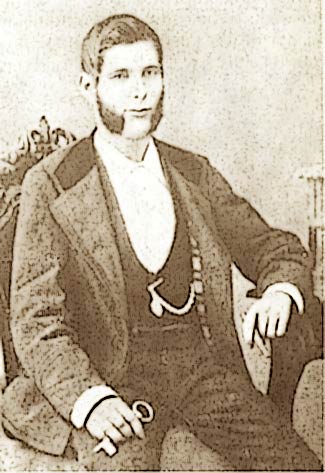 Evolution. Hermetic Stage. First singers
Evolution. Hermetic Stage. First singers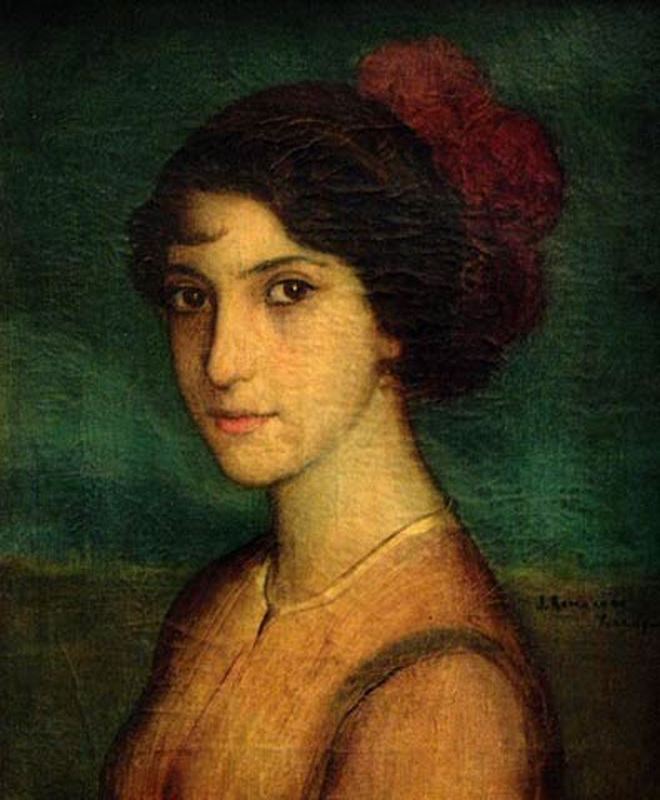 Origin of the word “flamenco”
Origin of the word “flamenco”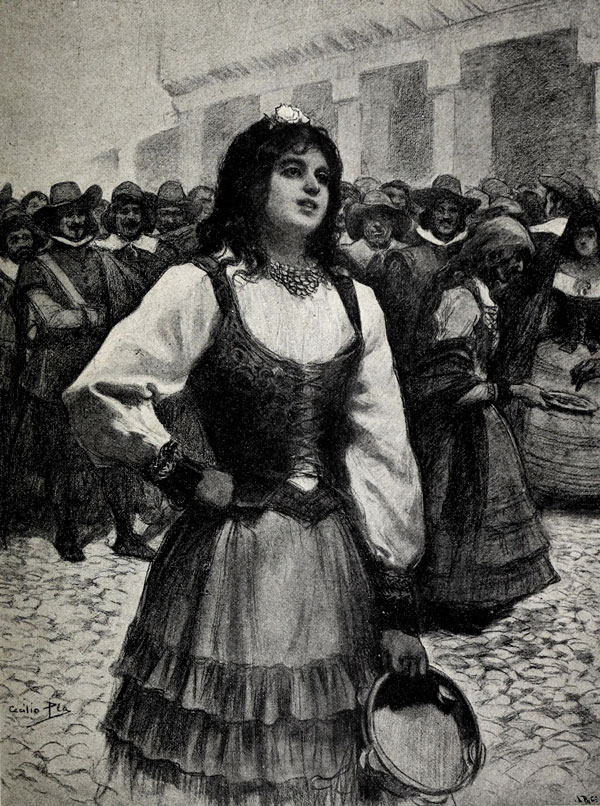 First written references
First written references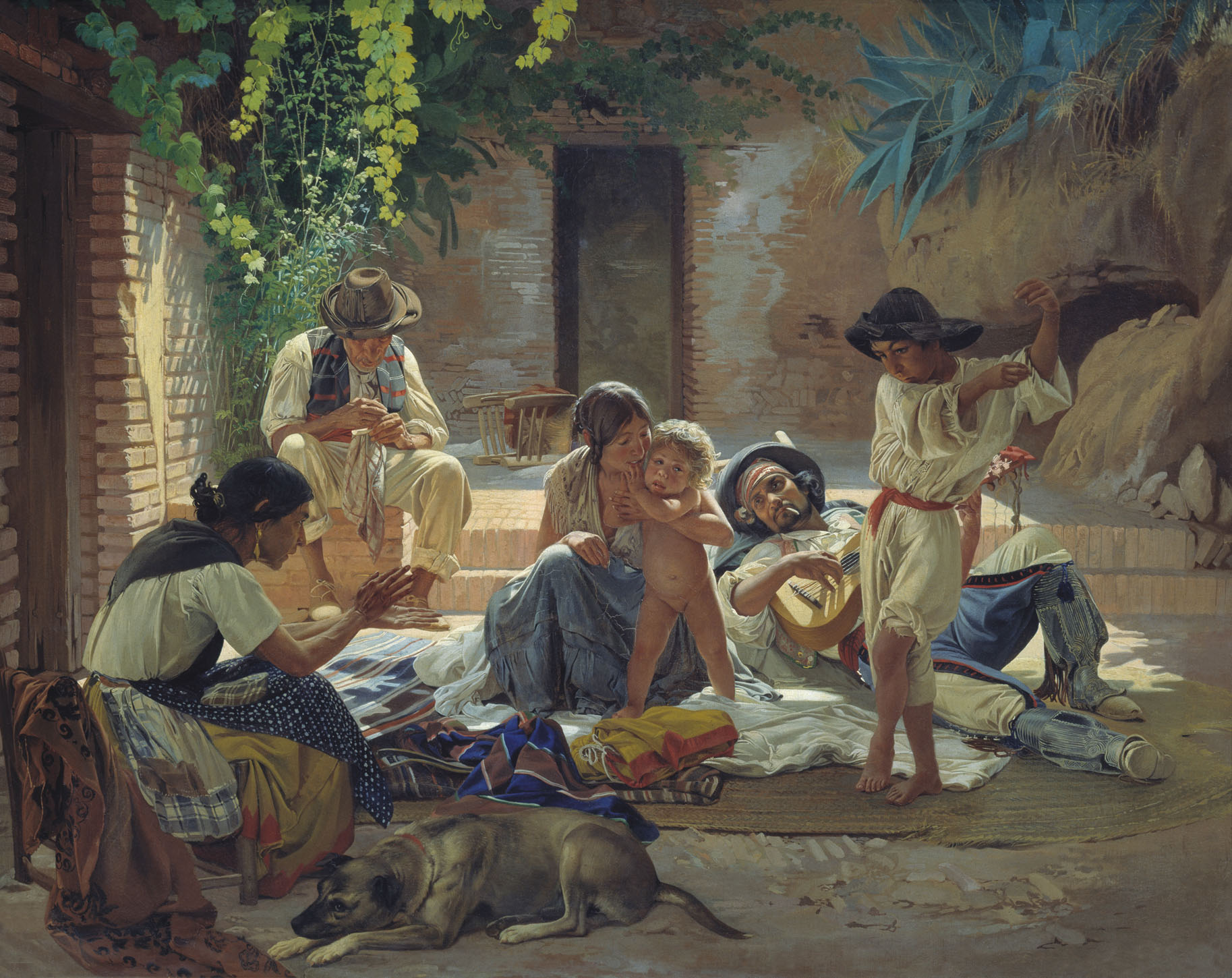 Musical background
Musical background